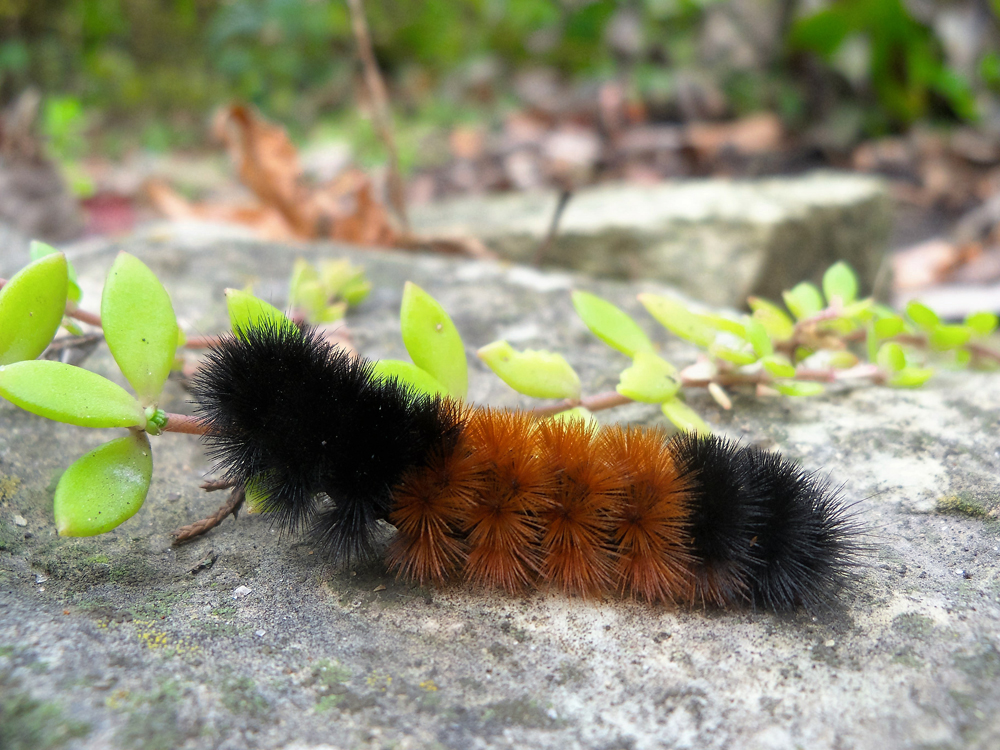
Insects as Climate Change Indicators: Meet the Woolly Caterpillar
In the intricate web of our environment, insects are indispensable bioindicators, offering profound insights into the complex repercussions of climate change on ecosystems. These tiny creatures, often overlooked, convey valuable information about the health of our ecosystems amidst environmental shifts. Among these tiny messengers, the woolly caterpillar stands out as a subtle yet powerful herald of shifting climates. This seemingly unassuming creature carries important clues about the impacts of climate change, providing scientists with insights into the dynamic relationship between insects and their changing habitats.
The woolly caterpillar, known for its distinctive bristly appearance and varied coloration, has long been a subject of fascination. What makes this creature particularly intriguing is its potential role as a weather forecaster. According to folklore, the width of the brown band on the caterpillar's body can predict the severity of the upcoming winter. While this is a tale charming children and adults alike, scientists have lately taken a closer look at the woolly caterpillar and discovered a more complex and scientifically grounded story.
The coloration of the woolly caterpillar is not merely a whimsical detail but a temperature-dependent adaptation. Researchers have found that the ratio of black to brown bands on the caterpillar's body is influenced by the temperature during its early development stages. Warmer temperatures lead to more brown coloring, while colder conditions result in a predominantly black appearance. Recent years have shown woolly caterpillars with more brown coloring, potentially signaling longer and warmer autumns.
In addition to coloration changes, climate change is influencing the geographical distribution and life cycle timing of woolly caterpillars. Warmer temperatures allow these insects to expand their ranges into regions where they were previously uncommon. Furthermore, altered phenology, the timing of life cycle events, has been observed, with caterpillars appearing earlier in response to changing seasonal patterns.
As the Earth's climate undergoes significant changes, the woolly caterpillar provides a tangible link between its biology and environmental shifts. Studies indicate that rising temperatures associated with climate change affect the caterpillar's development and coloration. With warming trends, these insects are exhibiting more brown coloring, potentially signaling longer and warmer autumns.
Small, cute, and seemingly everywhere, these tiny creatures are not just charming symbols of impending winters; they are living indicators, reflecting the profound impacts of climate change on the natural world. By studying the woolly caterpillar and its responses to environmental shifts, scientists can unravel the intricate story of our changing planet and work towards preserving the delicate balance of ecosystems in the face of ongoing climate challenges.

Waterborne Environmental, Inc. Hired to Create Online Dashboard That Tracks Nutrient Loss Across the State of Missouri
READ MORE

Swimming with Bacteria: Water Quality Concerns at the 2024 Paris Olympics
READ MORE

The Right Tool – Multidimensional Models
READ MORE



